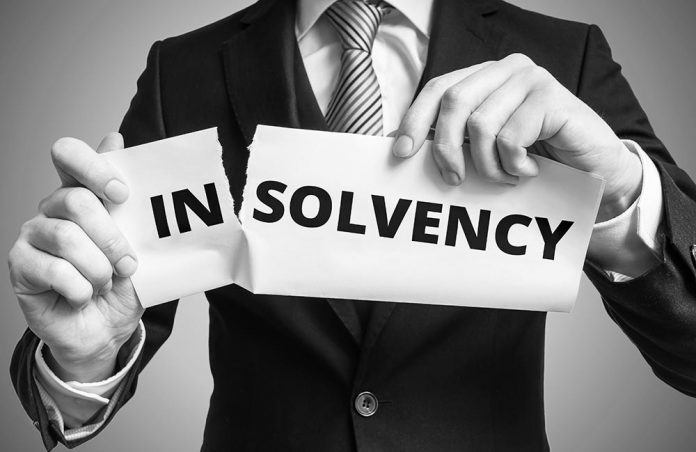The new insolvency code introduced last year in India signifies a big shift in the balance of power between debtors and creditors. Banks, and other creditors, no longer need to be at the mercy of big borrowers.
Under the rules of the new code, a time limit of 270 days is set for resolution and defaulters can no longer hide behind a maze of state laws to avoid paying their dues.
Further the Supreme Court ruling in the case of Innoventive Industries, the first case that was tried under the new law, has established that the insolvency code takes precedence over state laws.
Still To Prove Effectiveness
According to government data so far 2,434 new bankruptcy cases have been filed and around 2,304 cases related to winding up of companies have been transferred from various high courts in the past year. Of these, 2,750 cases have been disposed.
No specific data is available regarding the kind of resolution, recovery rates and costs. But nonetheless, it is evident that the law continues to face teething troubles as seen through the frequent changes being effected to rules, as well as the recent ordinance and amendment bill.
The first case that was dealt with under new framework highlighted the loopholes therein.
Lenders to Synergies Dooray Automotive were able to recover only 6 paise to the rupee. A court challenge has been filed to the resolution, even as allegations are being made that the company had gamed the system through placing a proxy in the committee of creditors which decides on the final resolution plans.
Such concern that devious promoters will be able to gain backdoor entry to take control of firms at a steep discount has led to the government issuing an ordinance in November to amend the code. The amendment bars promoters who haven’t paid up their dues and also any related entities from participating in the bidding process for assets of a distressed company.
While this signals that promoters do not have an automatic right to control their firms without repaying loans, there might be an unintended consequence that banks may see low interest levels and fewer bidders.
Several Areas Require Further Clarification
Under the recent amendment, promoters are given some leeway to bid provided they pay the overdue amount. The bill has also exempted banks, asset reconstruction firms and as well as those specialising in acquiring distressed assets from the definition of related entities.
However despite this, there are several areas under the law that still needs clarifications, particularly when insolvency law comes in conflict in other laws.
The government has recently set up a committee to identify areas that need attention and is working to resolve these issues.
Some of the areas of confusion are:
- The applicability on minimum alternate tax (MAT) on the portions of debt written off under a resolution plan as they can be seen as income. The Central Board of Direct Taxes recently granted an exemption.
- De-listing of listed shares, equity reduction and the applicability of competition law.
- Additionally, approval process from different regulators might lead to a delay in timelines.
Application Of Laws Affected By Judicial Overreach
With regards the application of the law, the apex court ruling on Innoventive Industries was welcomed by all.
Similarly the court’s intervention in the case of Jaypee Infratech Ltd resulted in a change of rules. Homebuyers are now recognised as a category of creditors.
But experts are have highlighted cases of judicial overreach. Some cases were dismissed after the court decided that the company was healthy enough after analysing the balance sheet of debtors on its own. In others, the judges have allowed a settlement despite the admission of the case which is explicitly disallowed under the code.
However the code has been proved particularly of use to operational creditors like vendors, employees and service providers. A study by the Indira Gandhi Institute for Development Research which analysed 515 cases revealed that such operational creditors have been able recover their dues using the threat of the bankruptcy court.
Court To Hear Big Cases In 2018
The year 2018 is seen as crunch time for the code.
Around twelve significant cases which account for nearly a quarter of distressed bank loans will reach their deadlines for resolution.
Banks are also filing cases against another 25 big accounts that have been identified by the RBI. Even if just half of these get successfully resolved, there will be more confidence in the new framework.





